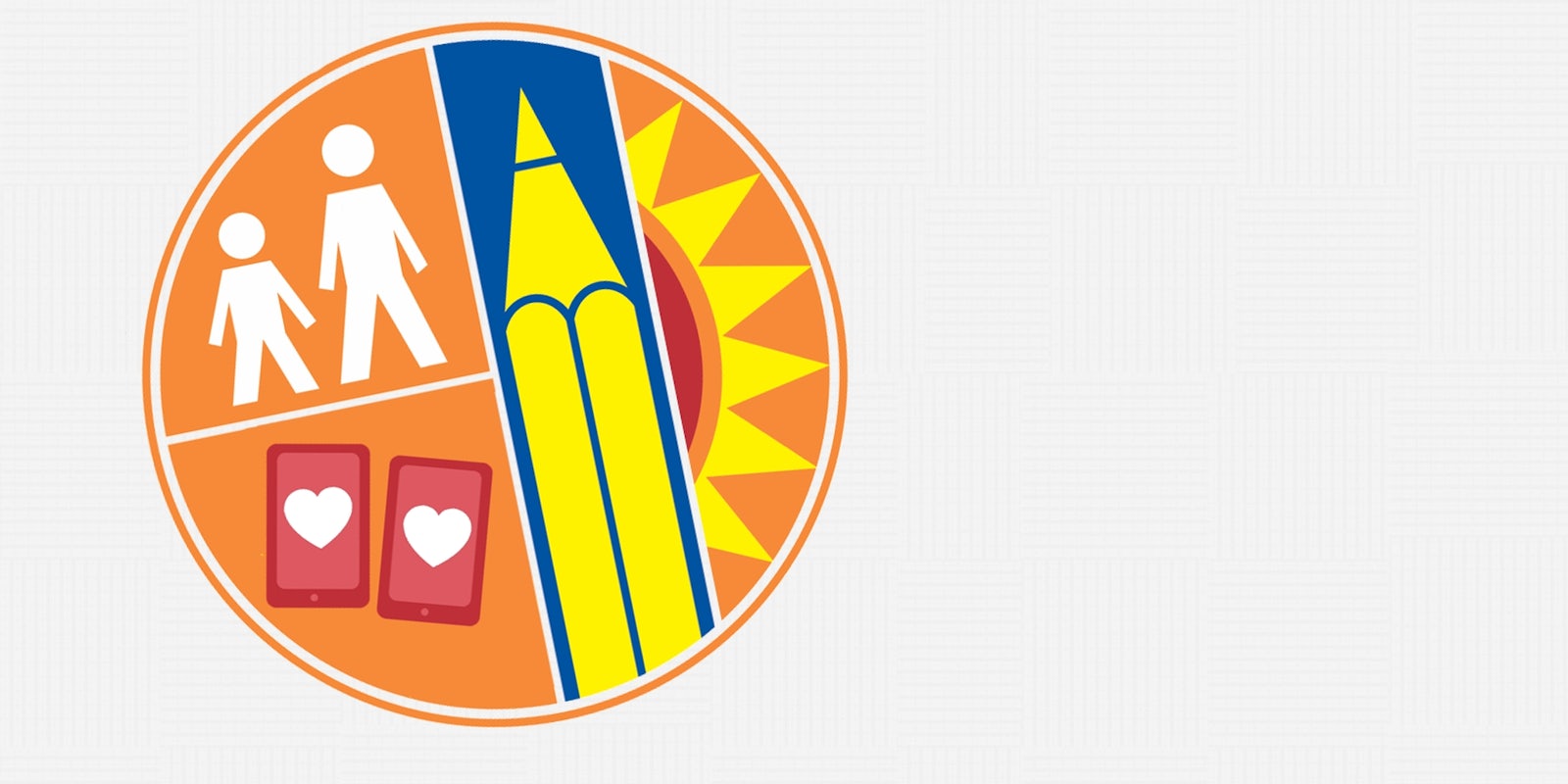Want to meet someone? There’s an app for that. Want to flirt with them? There’s an app for that. What to find out if they have a sexually transmittable disease? Yeah, there’s an app for that too.
The Los Angeles Unified School District has just announced plans to start using the Qpid.me app as part of its sexual education curriculum. The app is designed to help people keep tabs on their sexual health and communicate the results with their partner—something LAUSD officials say is sorely need among its teenage students.
The way the free app works is by showing users where they can get tested at clinics that will then post the results on Qpid.me’s servers. Users will have a clear, readily available record of their results which they can then choose to share privately with their partner. When shared, the results can be viewed just once (à la Snapchat). The user can also opt to use an alias, rather than their real name, to further help avoid potential public embarrassment.
LAUSD health program manager Tim Kordic and other LAUSD officials have chosen to make the app available to seventh and ninth grade health teachers throughout the school district to be used as the teacher sees fit. The change in curriculum was announced last week, and Kordic’s official statement on the matter was clearly aimed at curtailing the complaints that are sure to come from parents and social conservatives who may argue that the app encourages teenage sex.
“I think that to many adults, the concept of having your status mixed with technology is an unknown; not the traditional way of communicating personal information, thus dangerous,” Kordic wrote in a preemptive op-ed last week. “We have spoken to our most important stakeholder though, our students, and they have a different perspective. They not only want this type of resource, they are excited about it.” He continued:
“Our responsibility is to give them the best information and skills necessary as they venture through their entire lives, because sexuality is with them for their entire life.”
Although middle school may seem like a young age at which to introduce teens to such an app, a 2005 study found that 16 percent of students in seventh grade had taken part in oral sex. That same study found that one out of five eighth graders had already engaged in sexual intercourse.
Correspondingly, STDs are still very common among teenagers, even with the current sex ed curriculum. A 2011 study by the Los Angeles County Health Department found that city residents between the ages of 13 to 19 accounted for 16 percent of all gonorrhea and 25 percent of all chlamydia in the county.
The Qpid.me app was first launched in 2010 and was originally only available to users over the age of 18. The creators have since lowered the minimum user age to 13, seeing it as a vital tool for all sexually active people.
“[H]aving your records is not good enough,” reads the philosophy statement on the Qpid.me website. “The key component missing in HIV and STD prevention today is shareability. To make informed sexual health decisions, you must not only be informed about your own health, but also about your partner’s health as well.”
The folks at Qpid.me aren’t the first to think of developing an app to help improve sexual health. Another app, called STD Triage, allows users who may be worried about unusual growths on their genitals to send pictures of the affected area that can then be examined by medical professionals. The app is free, although it costs $9.99 to see the results.
H/T Huffington Post | Photo via lausd.net | Remix by Fernando Alfonso III


